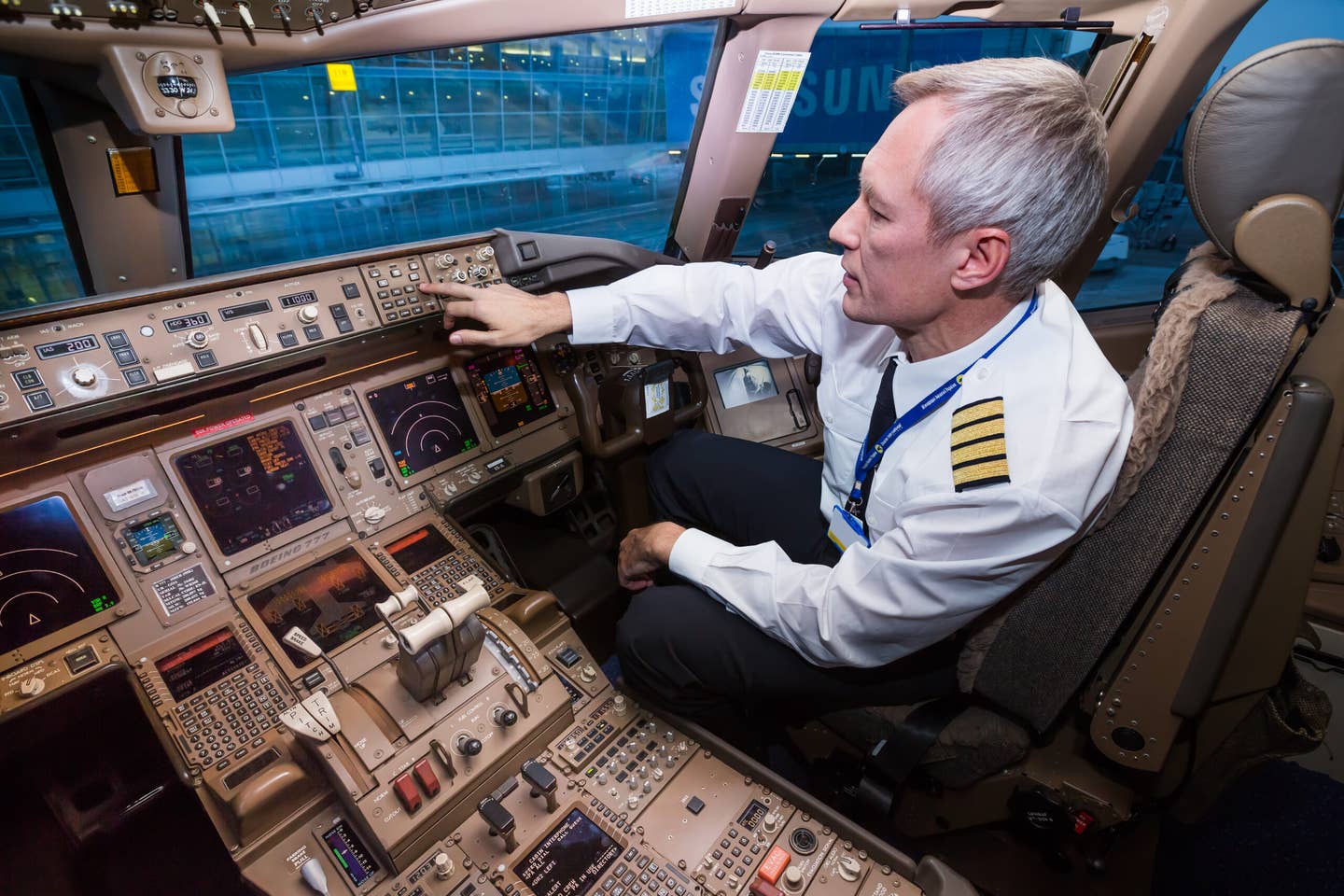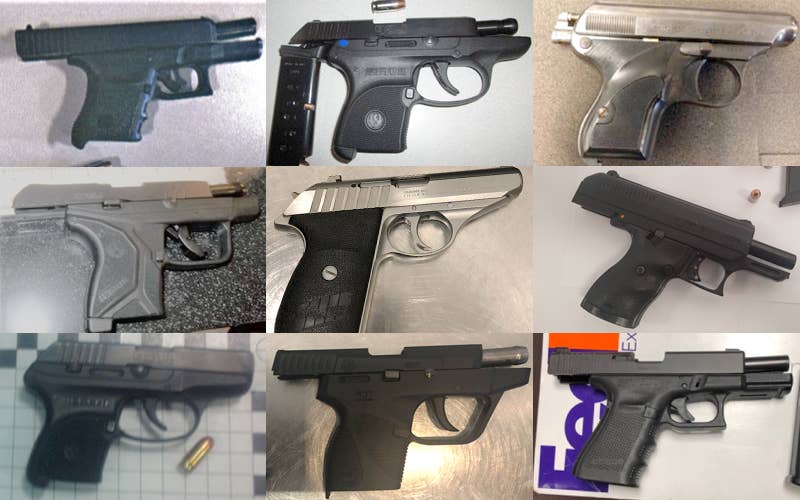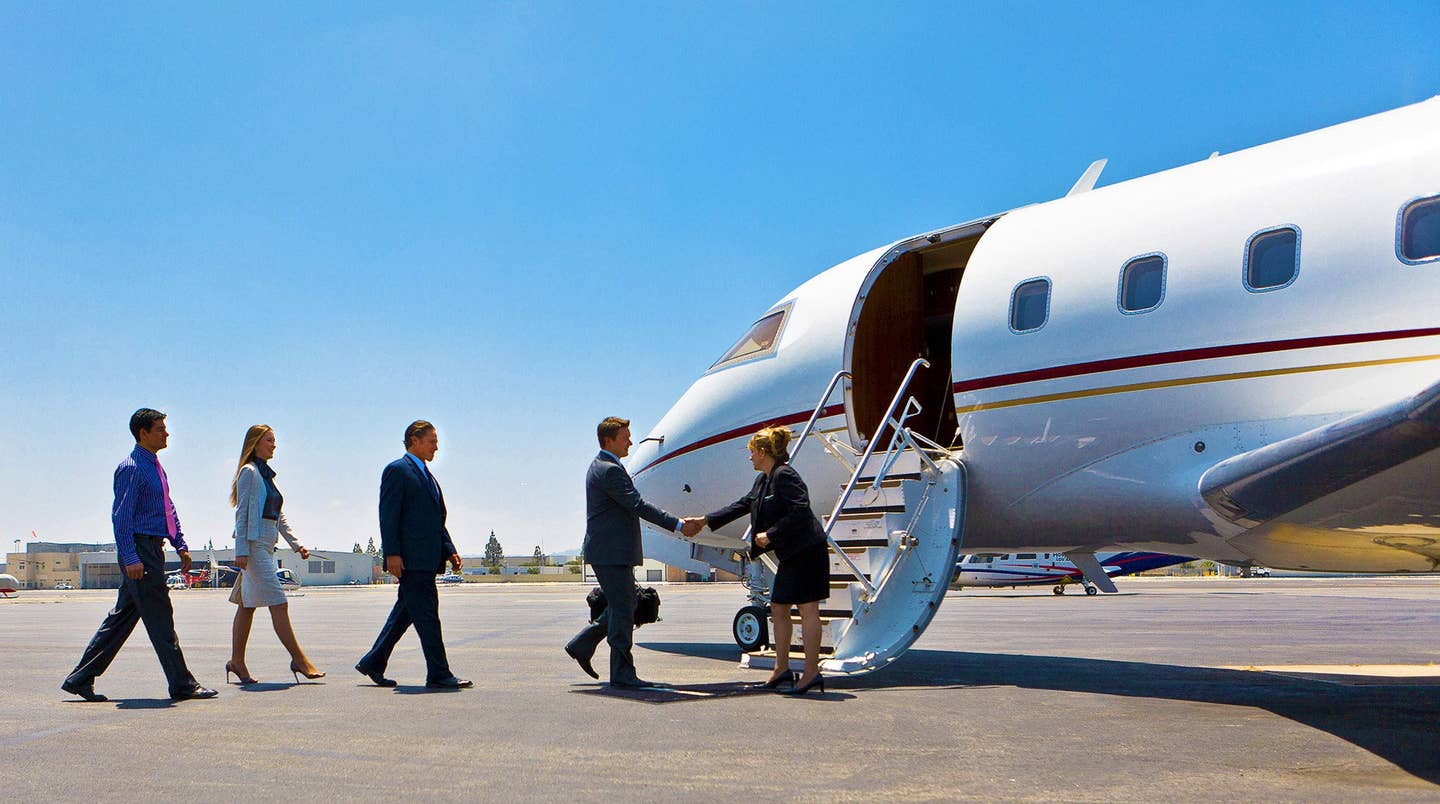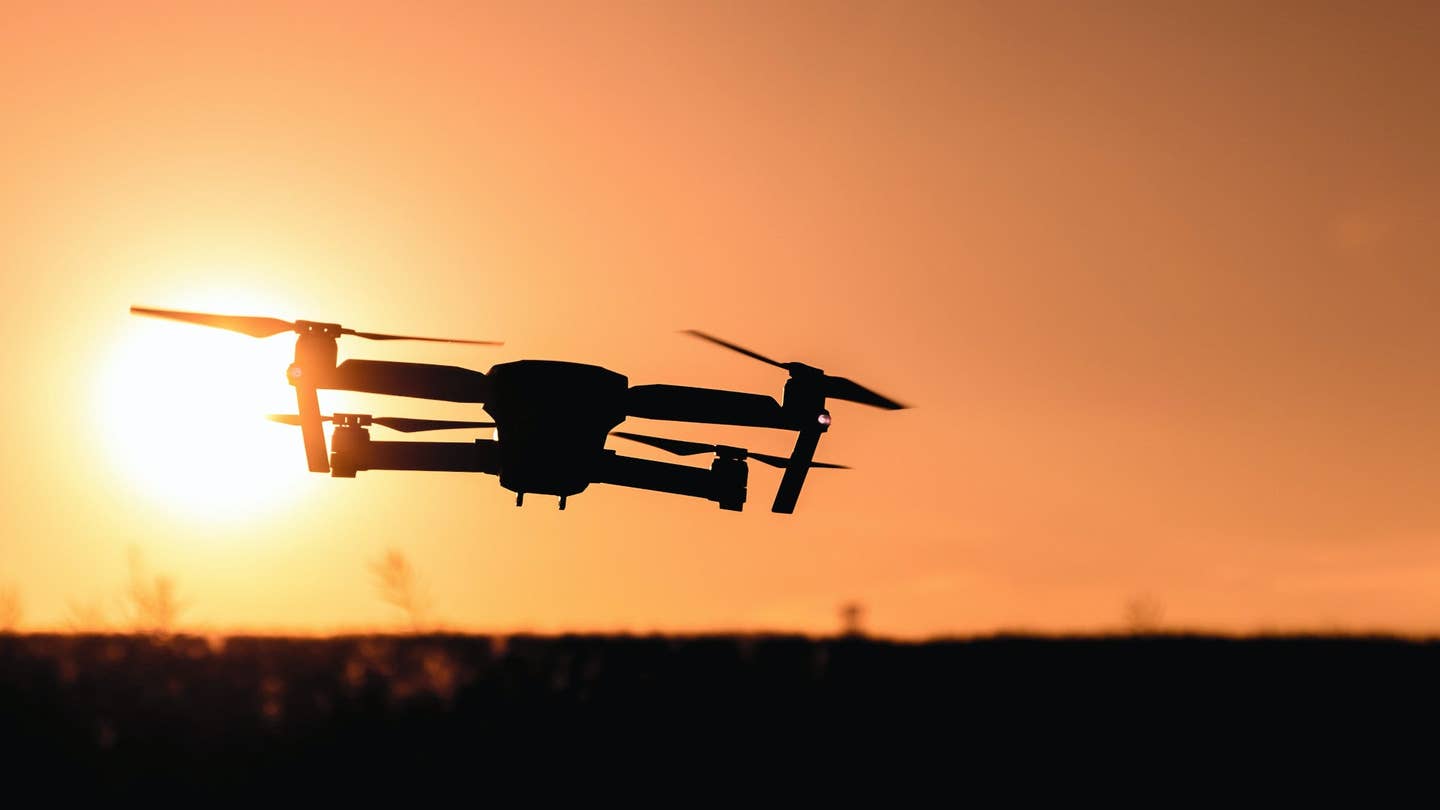Pilot Levels: From Captain To Second Officer
Learn all about commercial airline pilot rankings, what they specifically mean, the value of seniority, and how to climb to the top as an airline captain.

[Shutterstock]
Have you ever wondered what the stripes on a pilot’s uniform mean? They represent levels of rank for airline pilots. What is the difference between a second officer and a captain? Learn why pilot levels exist, how to reach the highest pilot ranks, and what compensation and perks come along with reaching each pilot tier.
Easily become an airplane or commercial pilot online! Courses designed by industry experts can help you pass FAA tests and get into the sky!
Enroll NowWhat Do Pilot Ranks or Seniority Levels Mean?
Pilot levels represent the seniority rank for both military and airline pilots. Each pilot tier has certain responsibilities and is compensated accordingly. Pilot rankings are also a broad way to determine the pilot’s level of experience.
How Do You Move Up in the Ranks?
Pilots move up in rank based on seniority. Typically a pilot starts as a cadet or training pilot (or very rarely, a second officer) and moves up when he/she has achieved the flight hours necessary to be considered for a promotion along with a vacancy created by a retiring pilot. All commercial airline pilots must retire from Part 121 operations at age 65 in the U.S.
Why Is Seniority Rank Important?
A pilot seniority rank is important because it establishes seniority based on experience level and competency, which is critical when transporting thousands of passengers annually. In addition to earning higher annual monetary compensation, seniority provides perks for pilots. For example, pilots with higher seniority typically benefit more in terms of scheduling, aircraft, routes, and hubs where they can reside or fly from.
Pilot Seniority Rankings Explained
Now that you have an understanding of what pilot seniority ranking means and why ranks are important, let’s break down the specifics of each pilot ranking.
Cadet or Training Pilot
A cadet pilot is essentially a pilot in training and typically has joined an airline's training program to become a career pilot. More usually, in the U.S., the rank begins as a pilot joins an airline for their initial training program following the pilot's acquisition of an airline transport pilot certificate, or, more rarely since the implementation of the "1,500 Hour Rule," a commercial pilot certificate.
Roles: Continuous learning and basic aircrew duties.
Number of Stripes: One
Average Pay: The national average for cadet pilots is $73,769 in U.S. dollars, though this is rarely a paid position until the pilot joins the final training program after they have been hired.
Second Officer
The second officer is third in command and is utilized on long flights as a third pilot for adequate rest periods for each pilot. Second officers are not needed on every flight; they are most often used for international segments. This position also represented the flight engineer position in an aircraft requiring three flight crew members.
Roles: The second officer monitors flight systems and may also responsible for preflight and postflight inspections, depending on the airline.
Number of Stripes: Two
Average Pay: The national average for second officer pilots in the U.S. is $85,103.
First Officer
The first officer or copilot is second in command to the captain and assists in flight preparations and the operation of the aircraft. The first officer typically has less experience than the captain but is a fully trained professional pilot and now is required to hold an airline transport pilot certificate for Part 121 operations.
Roles: Navigation of the aircraft along with the captain, inspections and safety checks, and monitoring controls to ensure a smooth flight.
Number of Stripes: Three
Average Pay: The national average for first officer pilots in the U.S. is $93,000.
Senior First Officer
Some airlines around the world utilize a senior first officer as second in command to the captain. They can be brought in at this rank with enough experience dependent upon the airline.
Roles: The senior first officer is in communication with air traffic control and the flight crew throughout the flight. He/she also acts as a supervisor for baggage loading, maintenance, and fueling.
Number of Stripes: Three
Average Pay: The national average for senior first officer pilots in the U.S. is $85,061.
Captain
The captain is the senior ranking member of the flight crew. They are responsible for all aspects of the flight, aircraft, passengers, and crew.
Roles: Ensures all necessary checks are made for safety before, during, and after each flight. They also perform flight planning and weather checks to navigate a safe flight.
Number of Stripes: Four
Average Pay: The national average for captain pilots in the U.S. is $140,988.
From Cadet Pilot To Captain: Earn Your Way To the Top Ranks
Being a captain of a major airline can be a highly lucrative career. Some airlines now offer pilot training programs that allow student pilots to work their way up the ranks while earning an income at the same time, though these positions are more frequently used outside of the U.S. The major airlines pay higher than the national averages for each rank with captains’ earnings exceeding $200,000 per year. For piloting tips and techniques that could help you progress in your career, read FLYING magazine. Subscribe today.
FAQ
What does the number of stripes on a pilot’s uniform mean?
The number of stripes on a pilot’s uniform represents the pilot’s level of experience and corresponding responsibility for the aircraft, crew, and passengers. A second officer or a flight engineer wears two stripes, a first officer (co-pilot/second-in-command) wears three stripes, and a captain, also known as a pilot-in-command, is awarded four stripes.
What is the highest rank a pilot can get?
Captain or pilot-in-command is the highest rank a pilot can earn. A captain has over 3,000 flight hours and is responsible for the entire aircraft and all occupants aboard.
What is the difference between a pilot and a captain?
Anyone with a pilot’s certificate is a pilot, however, a captain is the highest ranking level a pilot can achieve and outranks all other pilots, including cadet pilots, second officers, first officers, and senior first officers

Subscribe to Our Newsletter
Get the latest FLYING stories delivered directly to your inbox







